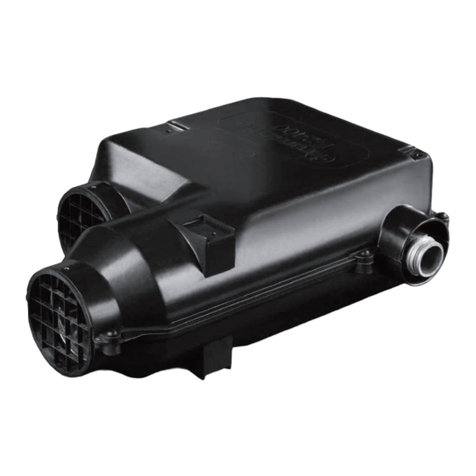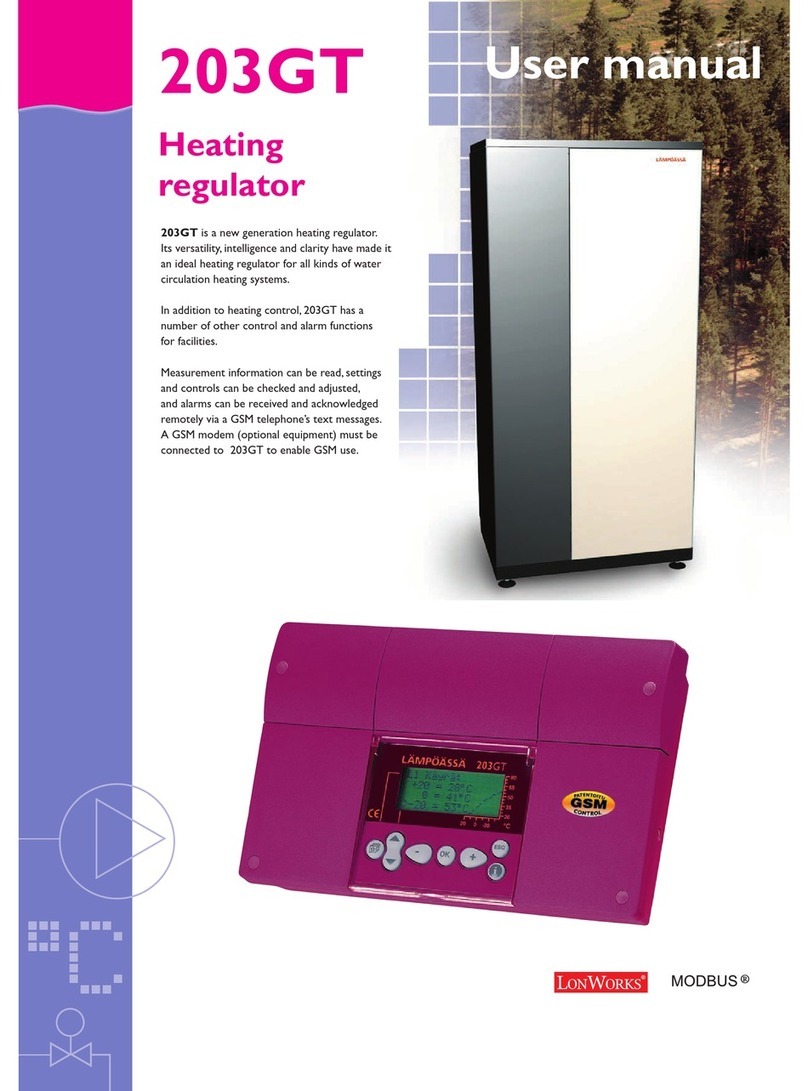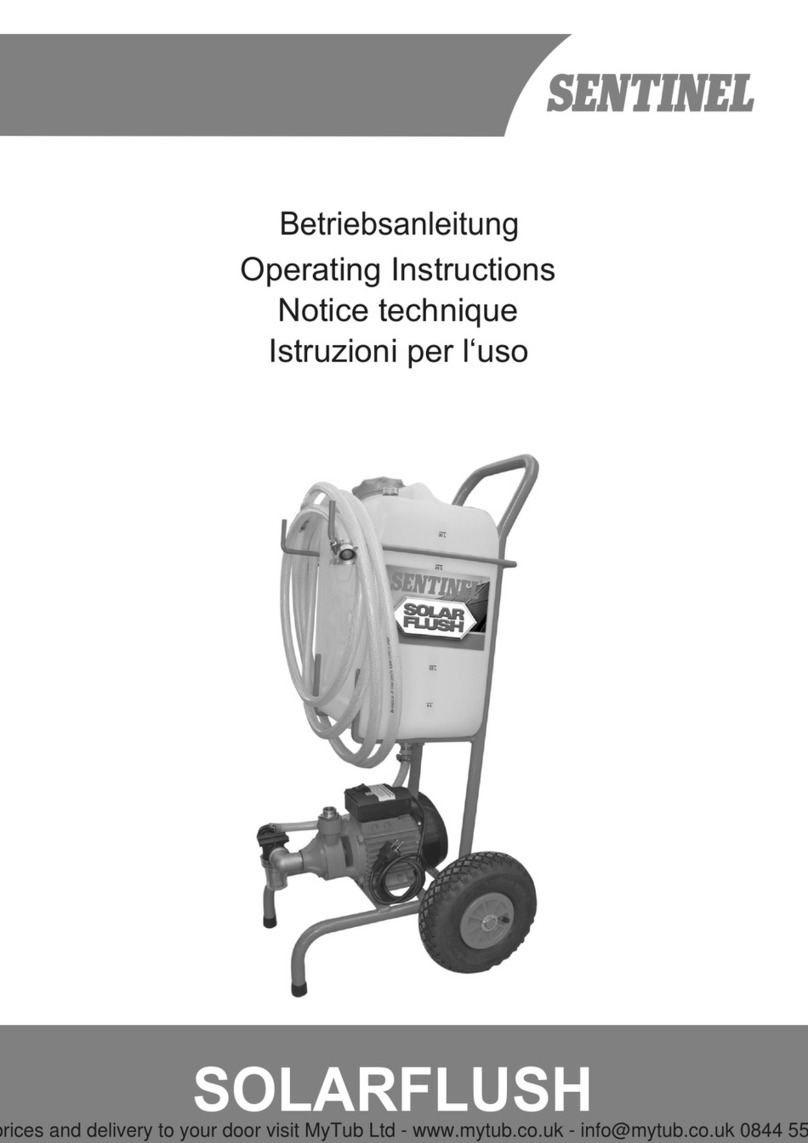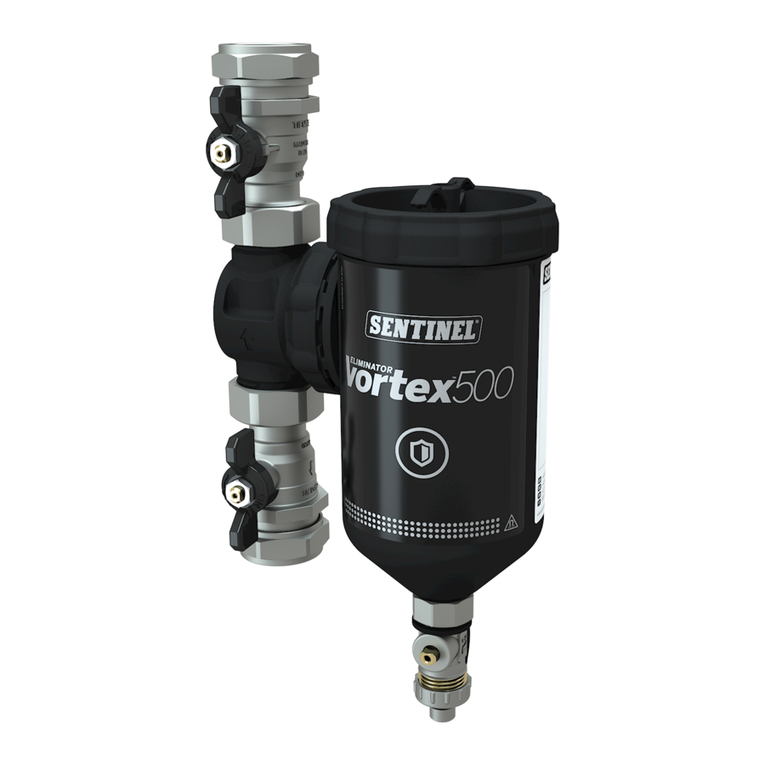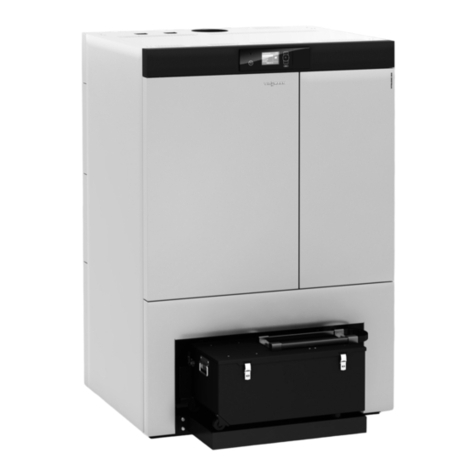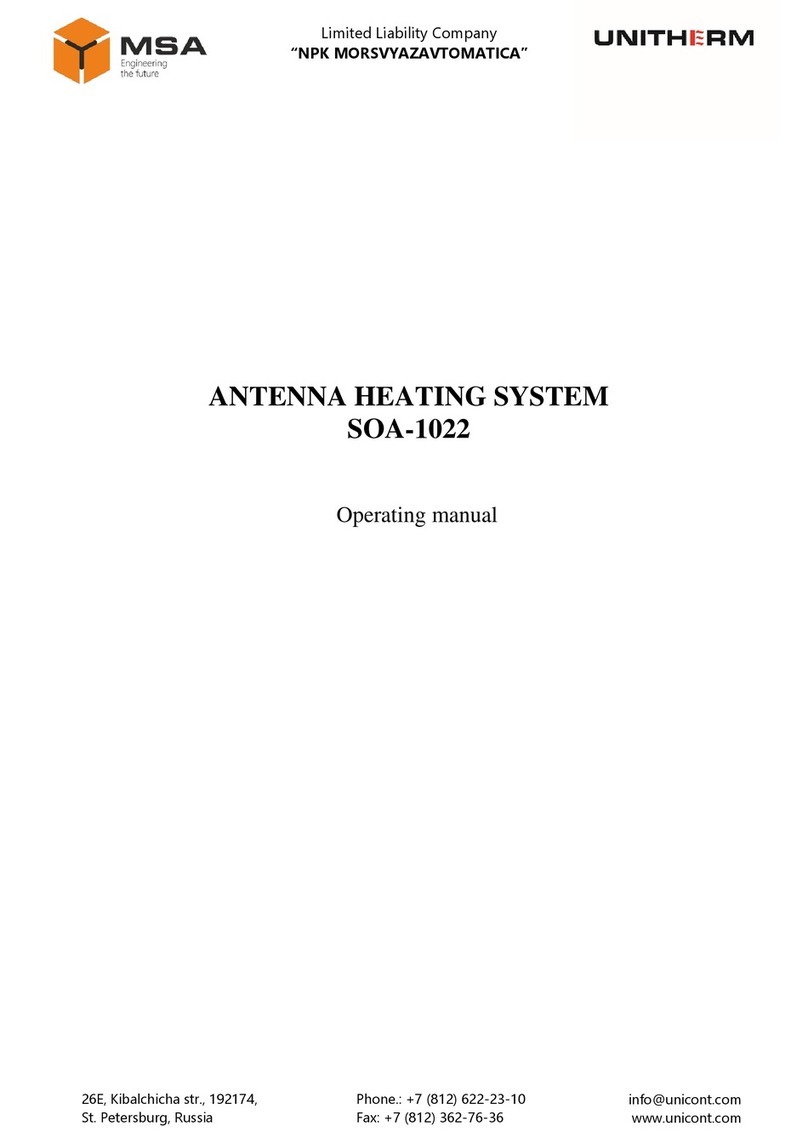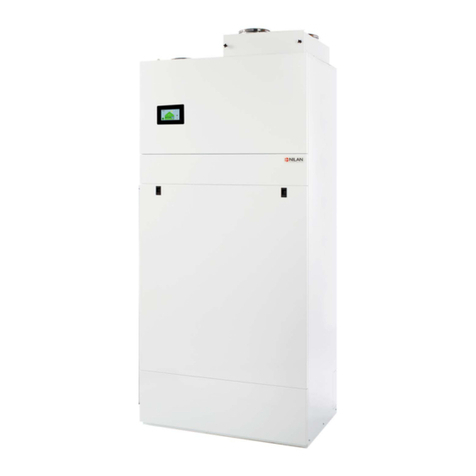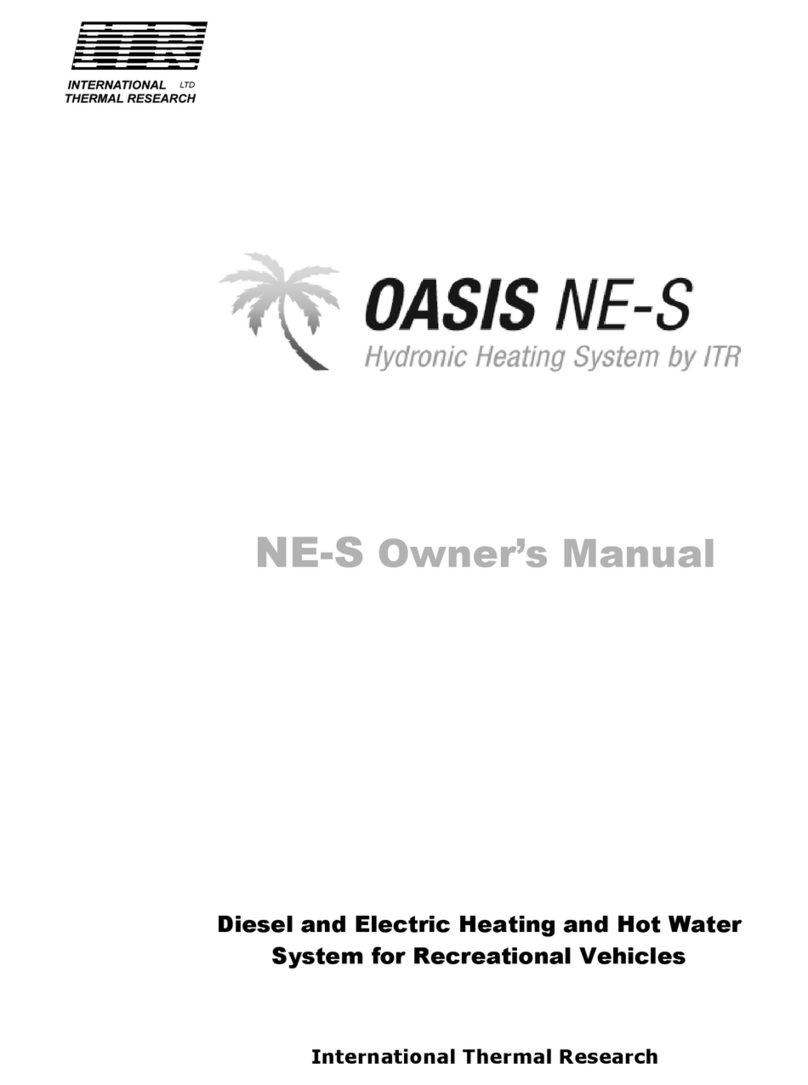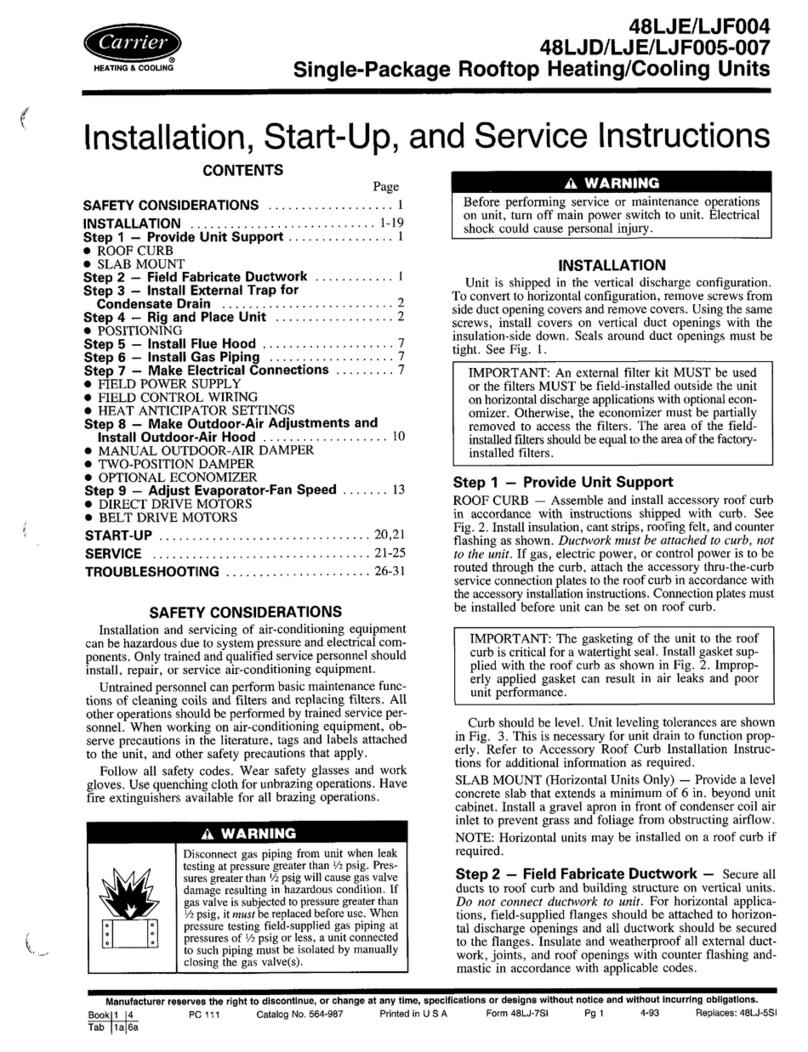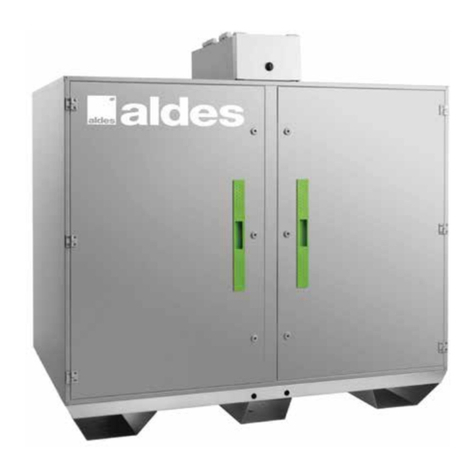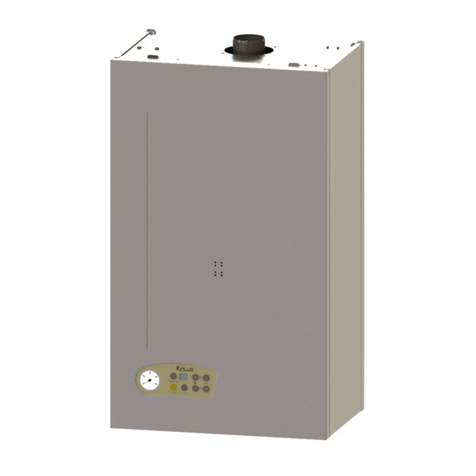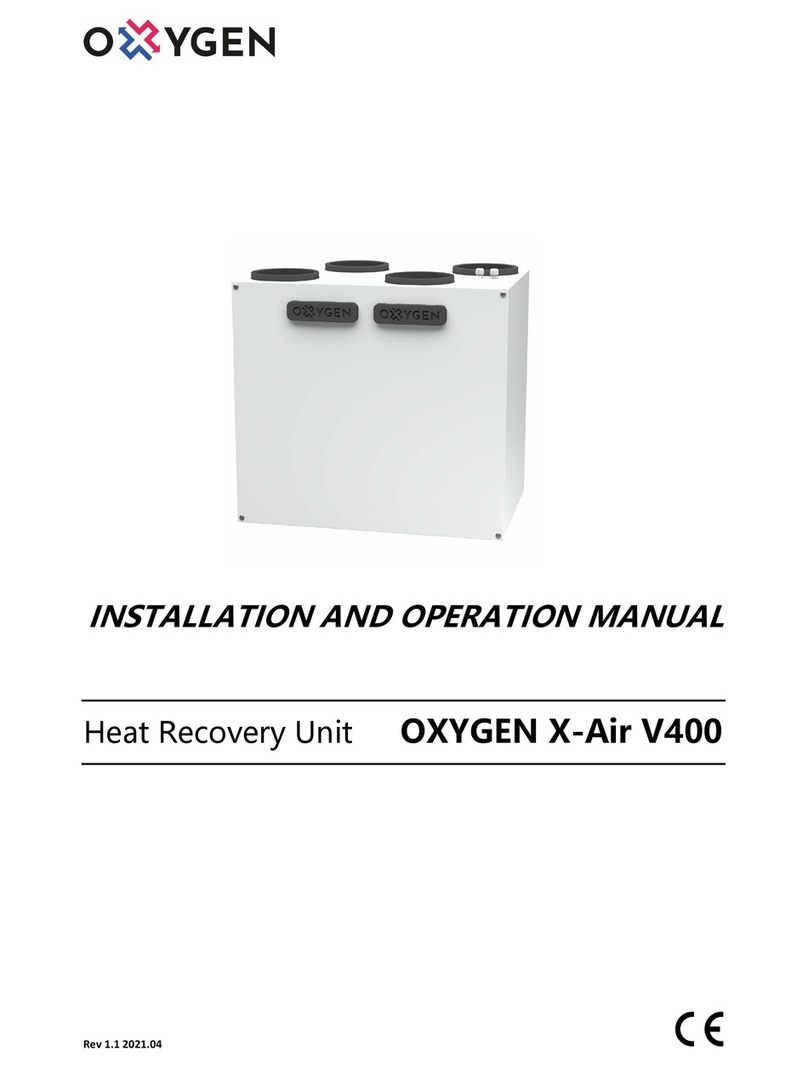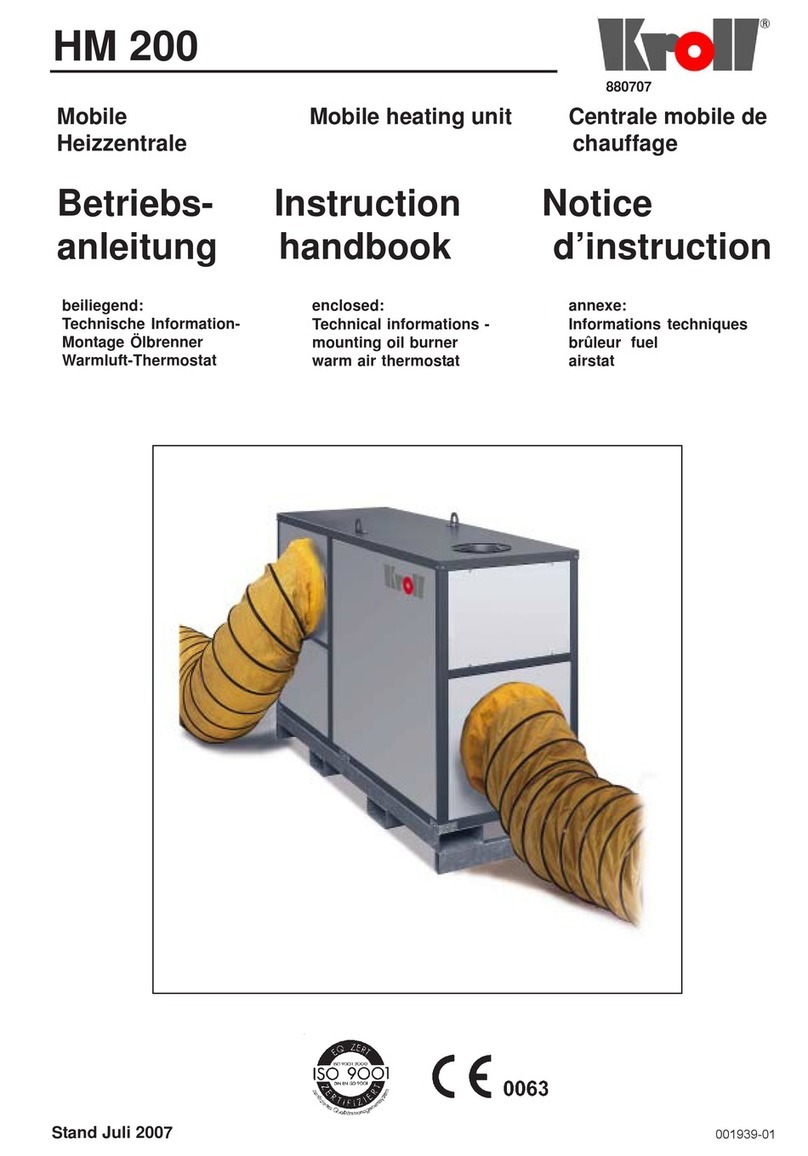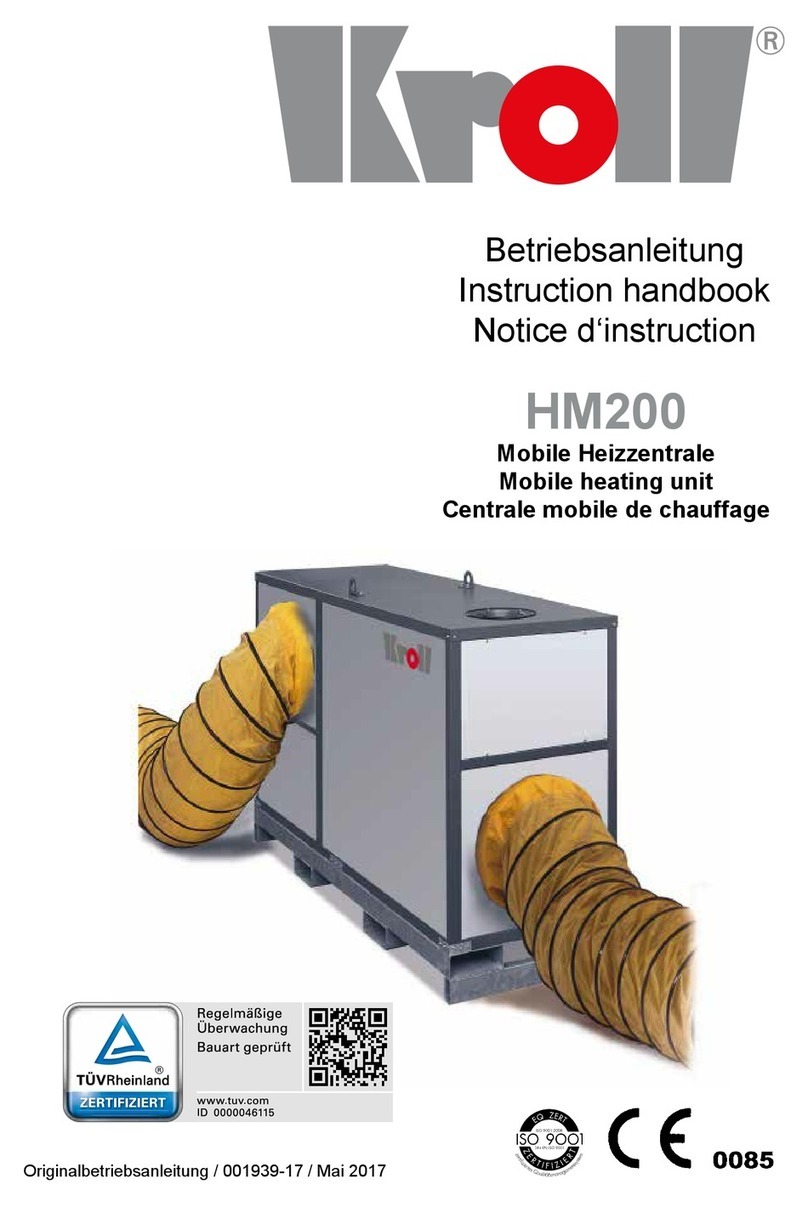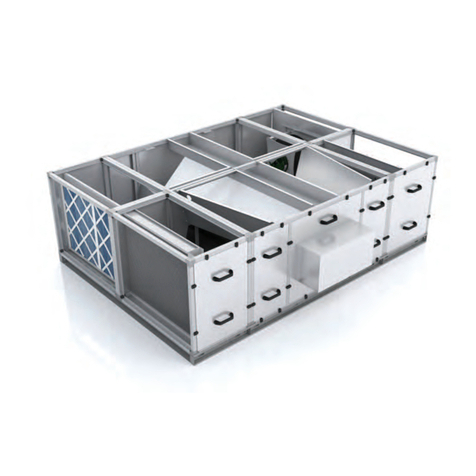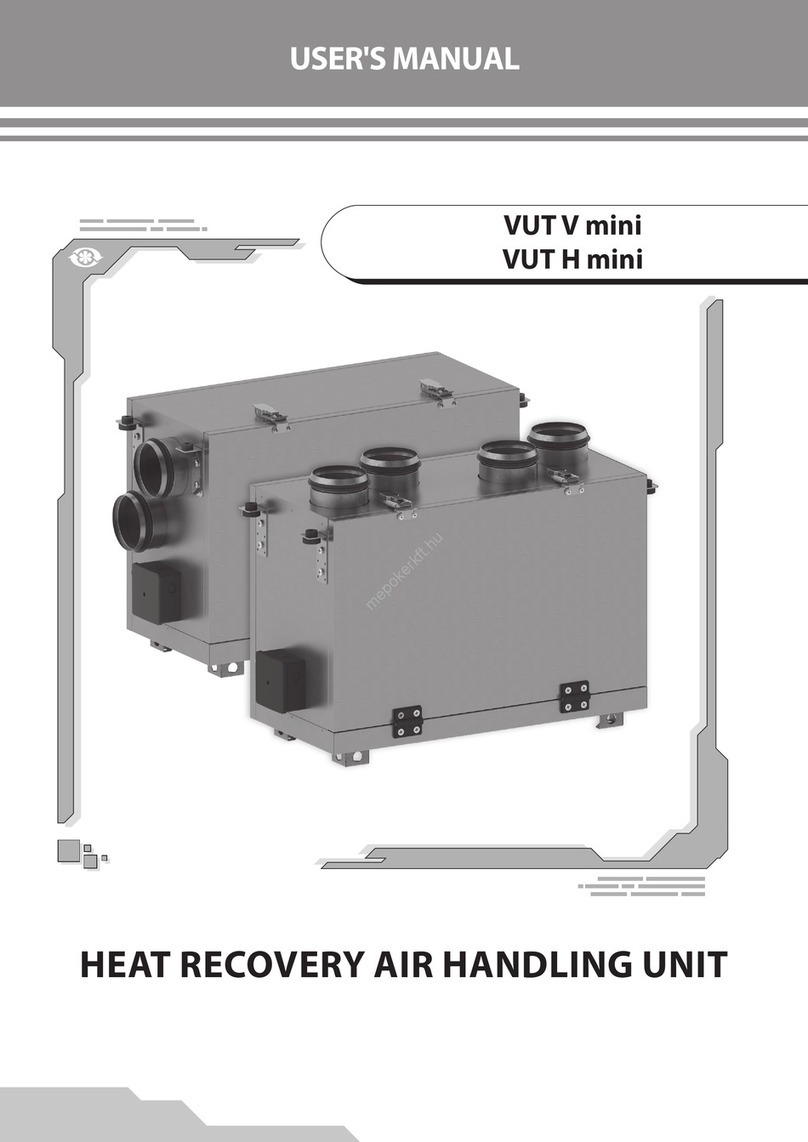
Sentinel Performance Solutions Ltd, The Heath Business & Technical Park
Runcorn, Cheshire, WA7 4QX T: +44 (0) 1928 588330 F: +44 (0) 01928 588368
Page 2 of 3 Mar-11
2. Measure the TDS of the water, using the
meter supplied. If this value is within 10% of
the TDS of the cold mains water (previously
measured) it indicates that the system has
been flushed satisfactorily to remove the
cleaning chemical. Record the TDS reading
on the Survey Report once a satisfactory
reading has been obtained.
Heating System – Post-flushing
Once the final flush has taken place and Sentinel
X100 scale and corrosion inhibitor has been
added, take a further system sample and check
for correct levels of Sentinel X100 using the
Sentinel Test Kit. Once a satisfactory level has
been achieved record this on the Survey Report
in the appropriate place.
Finally, return each TRV to its original position,
switch on the boiler and allow it to come up to
temperature without resetting the thermostat. The
radiators must then be bled as necessary and a
further temperature survey of the radiators
carried out as detailed in the Pre-flushing section
above. The new temperatures must then be
recorded on the Survey Report in the appropriate
place.
Test Equipment Instructions
Turbidity Tube
The Turbidity Tube is an excellent way of
assessing the clarity of the system water. It is
calibrated along the length of the tube in terms of
parts per million of suspended solids and also
turbidity units. The simple process of using the
tube is as follows:
1. Fill the tube to the top line (200ppm) with
system water
2. Look through the column of water. If the black
concentric circles can be seen then the level
of suspended solids is <200ppm and, for
most situations, this would indicate a
satisfactory quality of water.
3. If the circles cannot be seen then remove
water from the tube until they are visible. At
the final water level take the reading off the
side of the tube.
TDS Meter
Operation
1. Remove the probe cap, and then press the
POWER button. The LCD should now show
"0000".
2. Dip the probe into the water without
exceeding the water level limit (just over the
logo).
3. Stir gently until the display stabilises and then
press the HOLD button once and remove
from the water.
4. Read the value on the display expressed in
ppm.
5. To reset the reading when in use, press the
HOLD button. The LCD should now show
'0000'.
6. After measuring, turn off the power and
gently shake the meter to remove residual
water and then close the probe cap.
The meter can also be used to measure
temperature. To change from Fahrenheit (oF) to
Celsius (oC) press the MODE button once.
Calibration
1. Remove the probe cap, and then press the
POWER button. The LCD should now show
“000”.
2. Dip the probe into the water without
exceeding the water level limit (just over the
logo).
3. Stir gently until the display stabilises. The
reading should be 989 +/- 25ppm.
4. If the reading is incorrect, press and hold the
MODE button for four seconds. The
temperature reading will switch to CAL.
5. Change the reading until it shows 989ppm by
pressing the UP (MODE) button or the
DOWN (HOLD) button.
6. Once the reading matches the calibration
solution, press and hold the MODE button
again for four seconds until the temperature
reading appears. Your meter is now
calibrated.
